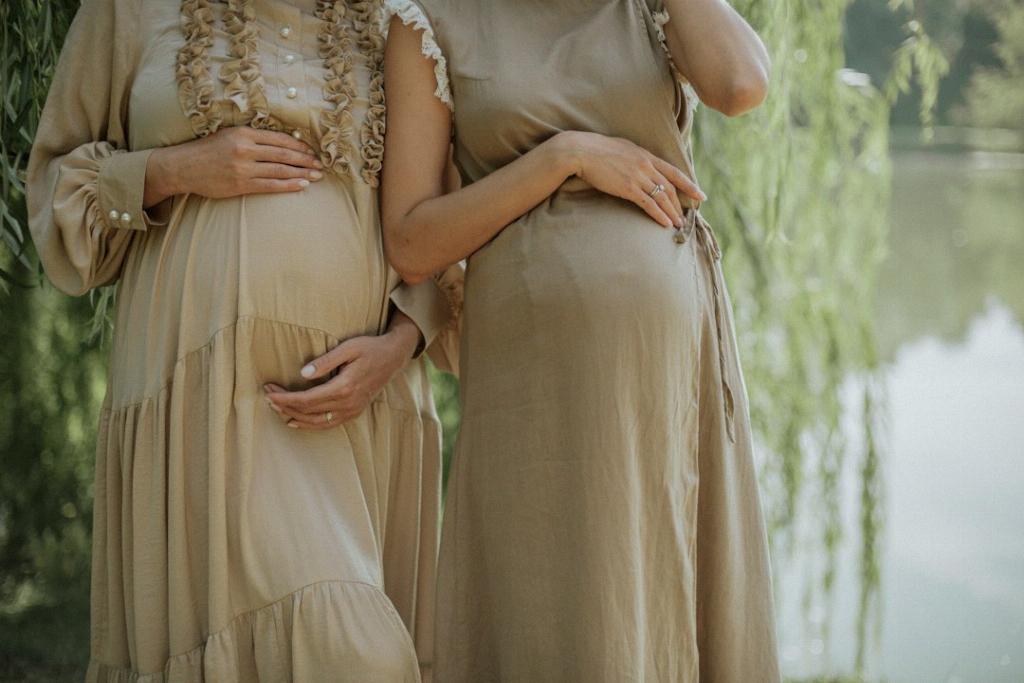When examining the question of why rubella causes birth defects, it is crucial to delve into the intricate mechanisms at play within the human body during a rubella infection. Rubella, also known as German measles, is a viral infection that can have severe repercussions, particularly for pregnant women and their unborn babies. The impact of rubella on fetal development stems from its ability to disrupt crucial processes in the body.
The Role of Intracellular Actin Assembly Inhibition
One of the key factors contributing to the link between rubella and birth defects is the inhibition of intracellular actin assembly caused by the virus. Actin is a protein essential for cell structure and movement, including cell division. When rubella interferes with actin assembly, it hampers mitosis, the process of cell division, which is fundamental for the development of tissues and organs in the fetus.
Implications of Mitosis Inhibition
The inhibition of mitosis due to rubella infection has profound implications for fetal development. By restricting the ability of precursor cells to divide and differentiate properly, the virus disrupts the formation of essential tissues and structures in the developing fetus. This disruption can lead to a range of birth defects, depending on the timing and severity of the infection during pregnancy.
Upregulation of Cytokines and Interferon
Another critical aspect that contributes to the association between rubella and birth defects is the upregulation of cytokines and interferon in cells infected with the virus. Cytokines are signaling molecules that regulate immune responses, while interferon plays a key role in antiviral defense. The overproduction of these factors in response to rubella infection can have detrimental effects on fetal development.
Impact on Immune Responses
The heightened immune response triggered by rubella infection, characterized by increased cytokine and interferon levels, can result in inflammation and damage to surrounding tissues in the developing fetus. This immune-mediated damage contributes to the manifestation of birth defects observed in infants born to mothers infected with rubella during pregnancy.
Timing of Infection During Pregnancy
The timing of rubella infection during pregnancy plays a crucial role in determining the extent of fetal harm. Infections occurring in the early stages of pregnancy, when organogenesis is taking place, are particularly concerning as they can disrupt the formation of vital organs and structures, leading to severe congenital anomalies.
Variability in Manifestation of Birth Defects
It is important to recognize that the manifestation of birth defects associated with rubella infection can vary widely depending on various factors such as the timing, duration, and severity of the infection, as well as individual differences in immune response and genetic susceptibility.
Prevention Strategies and Vaccination
Given the serious consequences of rubella infection during pregnancy, prevention strategies are paramount in safeguarding maternal and fetal health. Vaccination against rubella, typically included in the MMR (measles, mumps, rubella) vaccine, is a highly effective measure to prevent infections and subsequent birth defects.
Importance of Herd Immunity
Ensuring high vaccination coverage within the population is essential for achieving herd immunity, which offers indirect protection to vulnerable individuals, including pregnant women and those unable to be vaccinated. Herd immunity plays a critical role in preventing the spread of rubella and minimizing the risk of congenital rubella syndrome.
Public Health Initiatives
Public health initiatives focused on promoting awareness about the importance of vaccination, addressing misconceptions, and ensuring access to immunization services are instrumental in mitigating the impact of rubella on birth defects. Continued efforts in this realm are essential for the well-being of future generations.
Conclusion
In conclusion, the link between rubella infection and birth defects stems from the disruption of critical cellular processes, immune responses, and fetal development mechanisms. Understanding the mechanisms underlying this connection is vital for implementing effective prevention strategies and safeguarding maternal and fetal health. By prioritizing vaccination, public health initiatives, and informed decision-making, we can strive towards a future where the threat of rubella-related birth defects is minimized.

